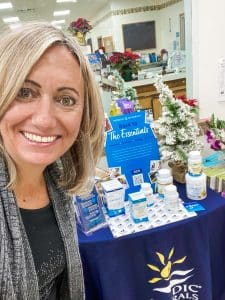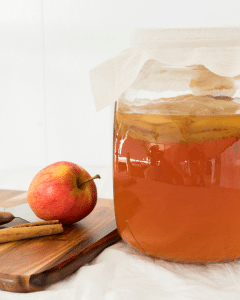
We had always believed that tasting or experiencing the product was imperative to closing the sale at a retail demo. And for some brands, this proved to be accurate, but others shocked us with a steady or even increase in sales after making the switch to dry demos. In evaluating which companies succeeded and which didn’t, we found one primary key to success – product education.
Having a deep knowledge of the product and sharing this knowledge in an engaging way set some companies apart from others. Let’s dive into what is considered “an engaging way.”

An engaging way is not:
- handing out coupons and spouting out a couple of facts about the product
- asking consumers if they’ve heard of your product before
- handing a consumer an info sheet about your product
As the reader, do you find any of these an exciting opportunity? Not likely.
Engaging information sharing is when you genuinely get to know your consumer, creating a relationship, and provide information they would find interesting. As opposed to the list above, how would you feel if someone at a demo table had information about the process of making kombucha and how it affects your gut health. Maybe you’re not into that kind of thing, but the target consumer for kombucha is often interested to learn more about the science behind it, and potentially how they could use a store-bought bottle to make their own brew at home. That will engage many of your target consumers.

At the end of this engagement, the consumer may decide to brew their own, but most people interested in the process will decide they would prefer not to have to brew something for 30 days, tweak the flavors, and find a place to store all their booch…and these people will be much more invested in your brand after you have educated them on the brewing process.
If you are able to find a way to present your product knowledge in an engaging way, dry demos can be very effective in generating sales and creating loyal customers.
Have you compared product sampling and dry demos with your brand? How did they perform?




